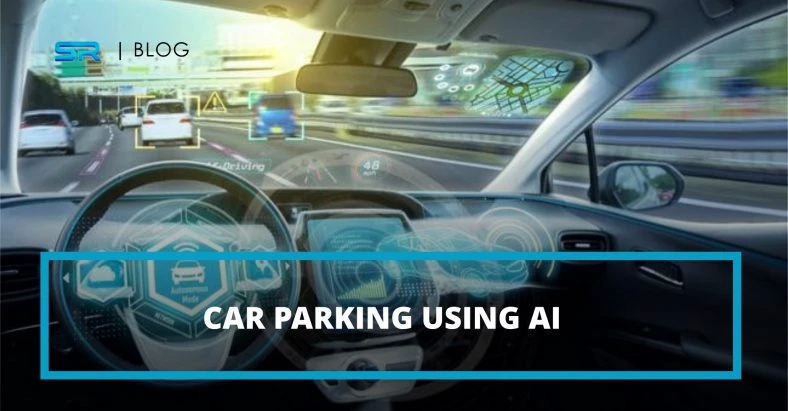Managing With The Car Parking Using AI Means – The Mission Is Possible!

Systems that use machine learning and apply artificial intelligence functions are increasingly becoming a useful and common part of everyday life. Their development in recent years has made a truly huge leap, as a result, of which the whole world discusses inventions that would be considered incredible just 10 years ago.
By the way, one of the most popular directions in machine learning for the needs of ordinary consumers was …car automatic parking.
The automatic parking system remotely resembles the autopilot used on the plane. Relatively recently, car manufacturers began installing equipment that fully automates the process of parking a vehicle and learns to park a car in any possible circumstances. Drivers greeted the appearance of the system with great interest. Automatic car parking has begun to become increasingly popular among car enthusiasts.
The number of companies that have decided to use the automatic parking system in new car models has increased exponentially. If the first models of devices had some flaws, the latest solutions in the field of machine learning car parking were distinguished by impeccable accuracy of implementation. It is convenient and easy to work with them. The driver quickly gets used to the autopilot, but still, after hundreds of successful parking attempts, it never ceases to amaze the filigree of his work.
Each major automaker has acquired its own augmented reality development of an auto parking car system. In different brands of cars, they have different names. The principle of operation of the system remains unchanged - to fully automate the process of parking cars.
In spite of their own unique developments of automobile concerns related to the implementation of an automatic parking system, their principle of operation is almost the same. It is based on the minimum participation of the driver in the parking lot.
What Is the Main Principle in Car Auto Parking Ability
Previously, the driver had to perform many manipulations with the steering wheel, and the success of parking depended on having sufficient experience. Now all movements of the steering wheel are controlled by a special control unit, working on special algorithms - and that's how to learn your board computer parking a car. The driver to activate the automatic parking system is enough to enter the parking lot. It is necessary to stop and press the treasured button for activating the autopilot parking. You can install a special application for your mobile phone.
The signal is received and now all the control systems of the machine are under the control of electronics. The "smart" system independently chooses the further trajectory of the movement, regulates the turns of the wheels of the car and the driver can only sit with hands folded.
His participation in the parking system is its revitalization. Experts have long noticed that the greatest difficulty for drivers is caused by side parking. It requires skills brought to automatism. If the driver is lost and starts to get nervous, the parking time is inexorably delayed. Often, such actions led to traffic jams.
How Is Car Training Practiced?
Self-learning systems are a key technology for autonomous driving. For its implementation in general, two cameras are used, directed forward and backward, as well as ten ultrasonic sensors located in different parts of the car. The onboard computer converts the received data into control signals for the steering wheel and the electric motor. In the process of parking, the model first determines its location relative to the parking lot, after which it calculates a safe trajectory of movement to the destination. Depending on the situation, the car maneuvers independently and moves forward or backward.
Autonomous parking is based on depth learning technology with reinforcements. In other words, the system is learning intuitively. First, the car randomly selects the direction of movement. The algorithm automatically records successful actions and thus continuously improves the parking strategy. Thanks to this system it is possible to cope on its own even with difficult tasks.
And What About Practice Today?
A couple of years ago, the idea of automatically parking cars was a real breakthrough. Then, in 2016, Audi presented its first car automatic parking concept at the NIPS exhibition. Today, it has been successfully implemented by more than a dozen automakers, including Mercedes, Tesla, and other auto giants producing cars with auto parking.
Moreover, artificial intelligence systems can work from the other side of the medal: not so long ago, the Spaniards presented their version of how to learn to park a car for computer systems - this time not car itself, but parking meter ones. Artificial intelligence devices not only notify a car entering a parking space about available seats and indicate the optimum onboard computer, but can also estimate the cost of parking, independently create bills and send them to a car owner's smartphone. And all this - just in a moment. Such technologies are an excellent solution both for those who have difficulties with parking and for modern urban planning, for which the presence of regulated and convenient parking zones is an urgent problem. In the end - this is the ability to park a car properly for millions of car owners with saving time, money, and effort.

